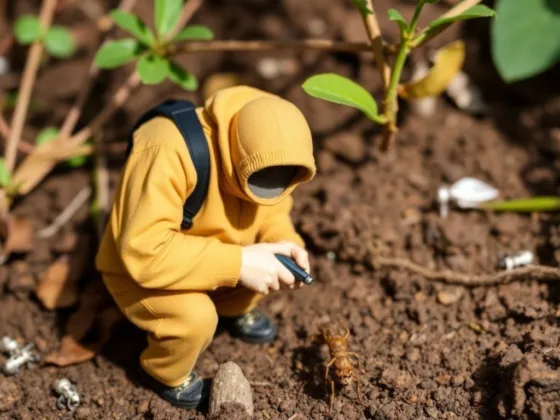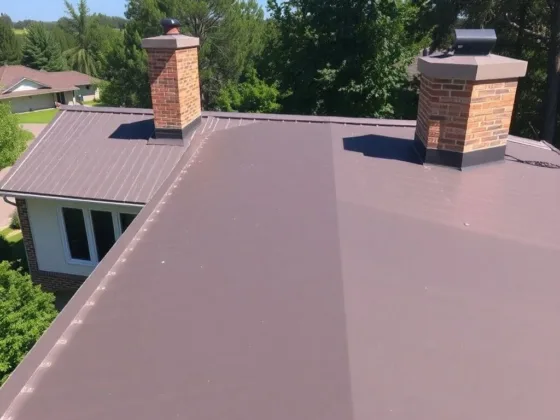Table of Contents Show
Responsible homeowners know the importance of hygienic and clean water tanks. After purchasing water tanks Sunshine coast, proper cleanup is crucial to prevent the buildup of grime, algae, and bacteria in your water source.

Water is a medium that supports germ growth, which causes skin allergies, irritation, and hair fall. With this, it is crucial that invest both your time and effort to ensure that none of these elements is present in your water tank.
Implement the following 6 DIY steps when cleaning your poly tank to eradicate the foul smell of infected water and care for your health.
Click here if you are looking for the best water tanks Brisbane.
Drain and Shut Off Water Supply
Begin by shutting off the water supply. The shot-off valve sits along the supply pipe close to the water tank. However, poly tanks manufactured for rain harvesting do not have a shut-off regulator. Turn off the breaker if your tank uses an electric pump. It’s essential to unplug it from your electrical socket for safety reasons.
Open the faucet and drain the water in the tank by attaching it to a hosepipe. Drain the water in your garden or use it to clean your house or automobile to avoid wastage. Make sure the tank is completely dry.
Clean the Tank
Run clean water from your water supply pipe through the inlet to eradicate the remaining contaminated water. Allow water to run until the outlet becomes clear. Let the water run at high pressure to quickly flush out embedded dirt on all sides of the poly tank.
In regards to the accessibility and size of the tank, perform this step using a firm brush, high-pressure hot water, and detergent. Be thorough when cleaning joints and corners.
Use baking soda for cleaning filth from the walls. Adding the chlorine bleach will effectively sterilize the tank. Use a soft sponge or bristle brush and avoid steel sponges or brushes since they damage plastic material. Let the cleaning solution sit for two hours after scrubbing.
You can also use a power washer on the water tank’s floors and wall. Be cautious when using them since they are extremely powerful and could cause corrosion.
Using a power washer is also efficient in cleaning water tanks. The power washer can work on its own or tandem with scrubbing, depending on the residue and sediment toughness. Wash the exteriors using a detergent to check for hidden damage and cracks.
Clean the Tank’s Accessories
If you have a flush diverter or leaf guard, make sure you clean them to eradicate leaves or any grime. Check your installed cartridge filters if they need replacement (we recommend changing them after at least 18 months).
Create a solution containing chlorine bleach and hot water in a bucket and clean all gear that interacts with the tank’s water.
Rinse the Tank
Rinse your tank using fresh water and a high-pressure water jet. Let the water run and don’t stop until clear water starts running from the outlet. In case you don’t have this tool, fill up the tank with hot water and leave it for an hour or two before draining.
Repeat this procedure until the tank is free of sediment and detergent. Collect your water for recycling. A pressure washer can also be used in rinsing.
Ensure there are no remaining fluids by vacuuming, especially large tanks. Residue embeds on crevices, corners, and cracks, thus the need to vacuum.
Pour the cleaning solution in your pipes and hoses. Pump the liquid through pipes to remove dirt and sediment within them.
Disinfect the Tank
Fill the water tank and then add a disinfecting solution at 50 parts per million ratios. The tank’s capacity determines the amount of bleach to use. Let the bleach mix with water for at least 6 hours before draining the tank completely.
Refill Tank
When the tank is completely dry after disinfection, call the water delivery firm to refill your water tank. Open the outlet valves and taps along the distribution line until the bleach odor disappears or for about 5 minutes. You can now safely use the tank.
Polytank cleanup is crucial in protecting your family’s health and makes water taste and look better. It’s your responsibility to ensure the water tank is free from dirt, debris, and harmful bacteria.
Author Bio:
Jim Pulman has extensive knowledge and experience in Home Building, Construction, and Design. He writes articles in his free time and partners with content creators to share his expertise with the online community.









